Classic Car Tires
Article by Mark Trotta
Before the automotive industry changed over to radial tires in the seventies, there was the bias-ply tire. Construction was layered belts of either polyester, fiberglass, or steel, which ran at angles to each other and to the body of the tire. These body ply cords extended diagonally from bead to bead, usually at angles in the range of 30 to 40 degrees.
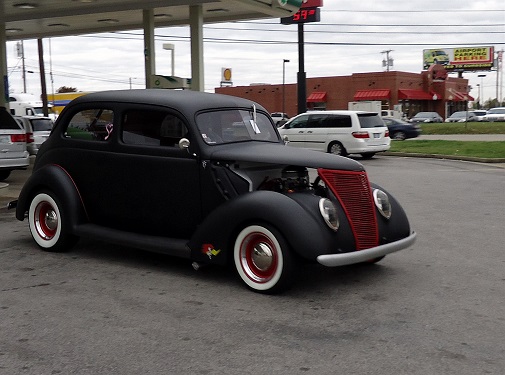
Additional layers of ply cords were sometimes added and overlapped in a crisscross pattern. The more ply layers are used, the higher the load rating could be.
Four-Ply vs Six-Ply
Four-ply bias ply tires were most often used on passenger cars, with truck tires having six-plies or more.
Tubes vs Tubeless
Before the early fifties, automotive tires were fitted with inner tubes. Tubeless tires started appearing around the mid-fifties. In the late fifties, steel-corded tires were introduced, and in 1963, Goodyear introduced the polyester corded tire.
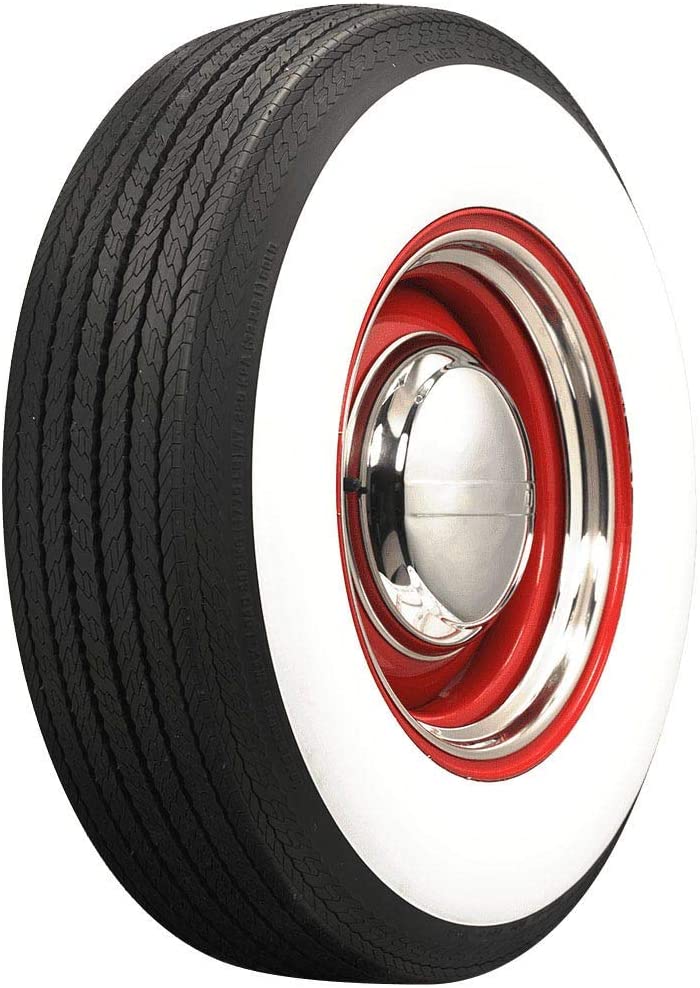
Poly/fiberglass tires were introduced by both Firestone and Goodyear in 1967. Layers of fiberglass belting were placed below the tread surface for added stability. As tread widths began to get wider, these "bias-belted" tires offered improved handling over previous bias-ply tires.
Bias-Ply vs Radial Tires
By comparison, radial-ply tires are constructed with belts at 90-degree angles, and the belts overlap rather than cross each other.
Bias-ply tires carry more weight than a radial, but at the price of faster wear. The tread contact area is smaller on bias-plies, so cornering capabilities are inferior to radials.
The radial design flexes more, giving better ground contact and traction. A bias-ply tire will "follow" ruts and grooves in the road, while radial tires will roll across them. Radials also run cooler and give a smoother, more comfortable ride.
Some old car enthusiasts prefer the way their car rides on bias-ply tires. A side benefit is that they have extra load-carrying capability.
**********************
How Can I Tell If My Tires Are Radial or Bias-Ply?
A radial tire will have the word "radial" on the sidewall. A tire that is not marked "radial" is a bias-ply.
Radial tires were never offered with original red-line, double whitewall or raised-white letters. However, several aftermarket tire suppliers have purchased the original molds from manufacturers, and offer reproductions.
**********************
Tire Sizes
During the 1960's, sizes started changing from numeric to alpha-numeric.
Example: 670-15 became F78-15.
During the 1970's, sizes changed again, with metric sizing finally becoming the industry standard for passenger cars and light trucks.
Example: F78-15 became 205-75-15.
**********************
Old vs New Tire Molds
Major manufacturers, such as Goodyear and Firestone, remove old tire molds from service for various reasons. These molds are then replaced with new ones that operate more efficiently and produce better quality tires.
Reproduction Tires
So what happens to all those old tire molds? They are often purchased by privately-owned companies, such as Coker Tire.
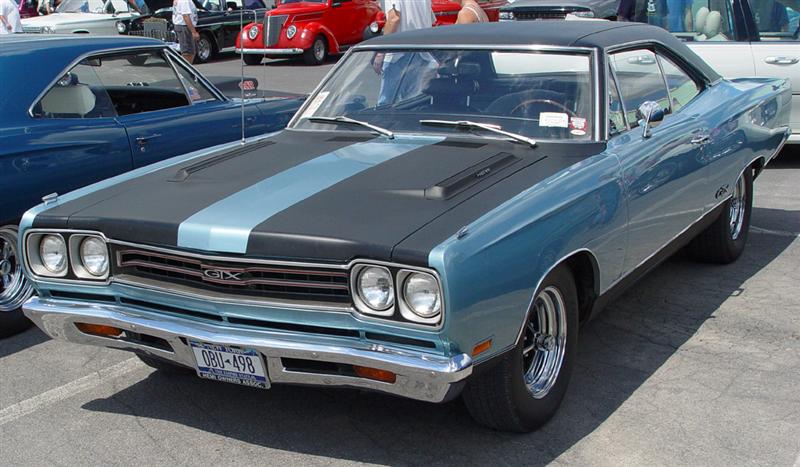
The molds are set up in small factories, and still have that big brand name on the sidewall. It's all legal, and these small manufacturers are allowed to use the original names of the tires under license. But the name on the sidewall is not necessarily who made the tire.
**********************
How Can I Tell How Old My Tires Are?
Starting in 1968, the United States Department of Transportation required DOT numbers on automotive tires. All tires made in the U.S. are required to have this DOT (Department of Transportation) number. The complete number is imprinted on one sidewall of the tire, and the other side may have a partial number.
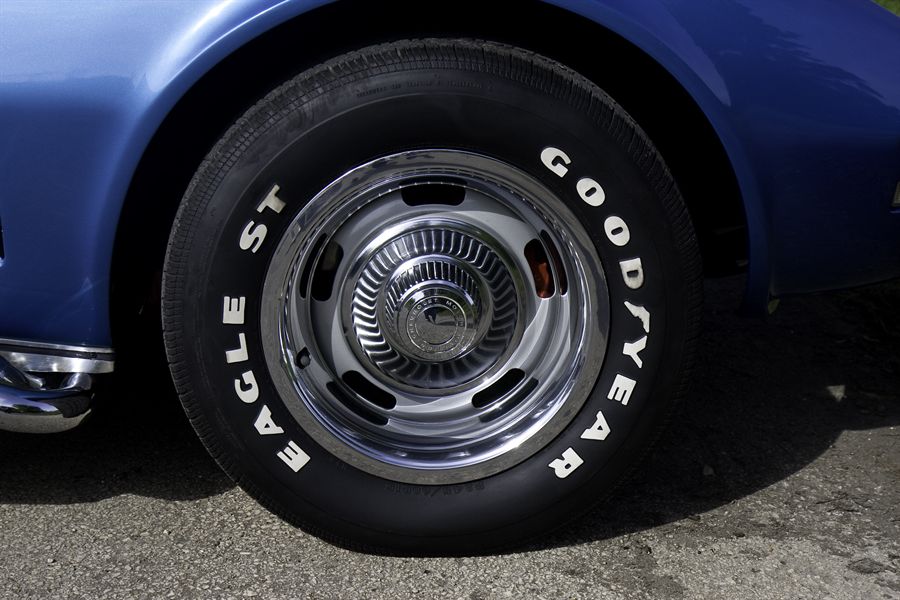
Read: Raised White Letter Tires For Classic Cars
Depending on the year built, this number will be 8 to 12 digits long, broken into three sections. The first part tells you the plant code, the second set gives you the tire size and type. The last group of numbers is the date of manufacture given in a week/year format.
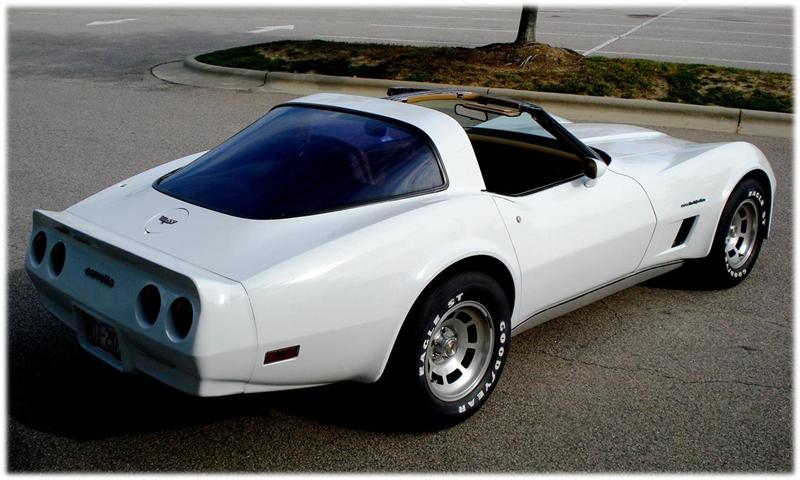
Automotive tires produced prior to 2000 provide the same information as today's tires, with the week and year the tire was produced contained in the last three digits. The two digits used to identify the week it was was manufactured, immediately preceded a single digit used to identify the year. (At that time it was presumed tires would not last more than ten years.)
Tires manufactured in the year 2000 and after have the week and year they were produced in the last four digits of the DOT number. The first two digits identify the week, followed by two digits that identify the year.
Example: The set of numbers "3802" indicates the tire was built in the 38th week of 2002.
**********************
Notes and Misc
Help your tires by keeping them out of the sun whenever possible. Whether your car is sitting outside for the week or for the winter, slipping on a car cover or a of set of wheel covers will help block harmful UV rays.
Automotive tires cannot be restored. Some manufacturers suggest that any tires over six-years old should not be driven on at all, regardless of their condition. If yours are very old but still have good tread, you could keep one of them in the trunk as an original spare for classic car shows.
Installing Larger-Than-Stock Wheels and Tires
Installing 17" or 18" tires on a 50 year-old car designed for 14" or 15" tires may not be a good idea. Oversize wheels and tires may end up rubbing inner fender-wells, or may bottom out over a speed-bump or pothole.
Even if they do fit, without making proper front end adjustments they can severely effect the performance and safety of your old car. Altering tire size often changes the camber/caster adjustment of the front end. Before you contemplate such a swap, stop and reconsider--you could end up with a car that handles worse than it did.
**********************
Tire pressure gauges can be purchased in either in digital or analog styles.
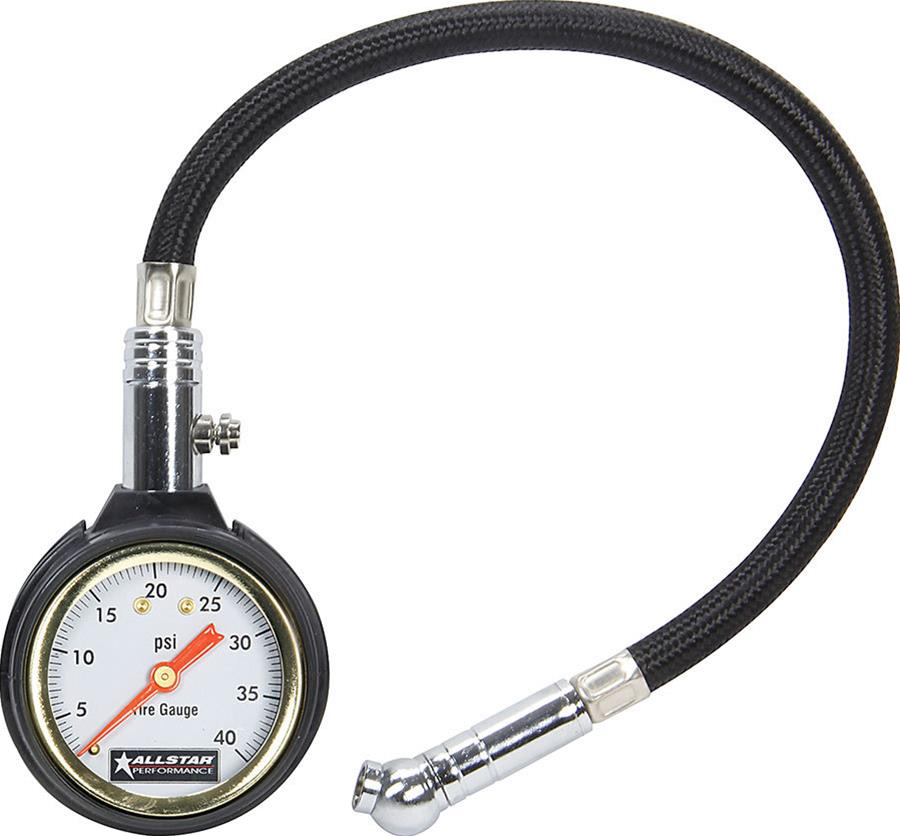
0-40 PSI Tire Gauge with 12" Hose
Neither is better than the other, it's just preference.
**********************
Related Articles: